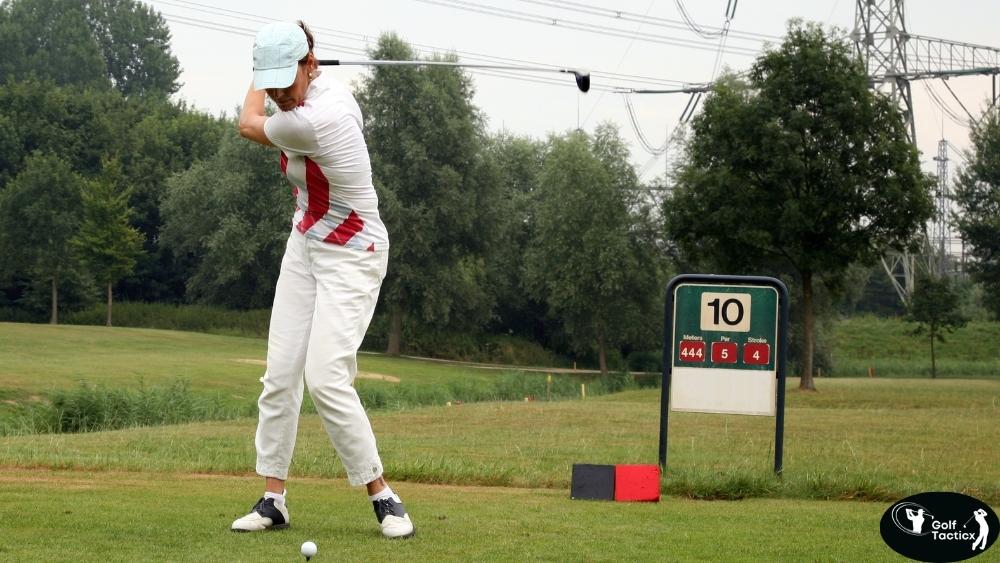In our previous post, we discussed mastering your golf game on fast and slow greens. Now, let’s dive into enhancing your golf game in cold weather and high altitudes, where unique challenges await.
Golf is a game of precision and skill, and it can be challenging to maintain peak performance when playing in cold weather and high altitudes. Both of these conditions affect how your ball travels and how your body performs.
But with the right strategies and mindset, you can still improve your game and enjoy a round of golf no matter the conditions. In this article, we’ll discuss some helpful tips for Enhancing Golf Game in Cold Weather and High Altitudes, so you can play your best no matter the environment.
Understanding the Impact of Cold Weather and High Altitudes
Before diving into the tips, it’s important to understand how cold weather and high altitudes affect your golf game.
Cold Weather Effects: When temperatures drop, the air becomes denser. This causes the golf ball to lose some of its distance because the ball doesn’t travel as far in denser air. Your muscles can also tighten in the cold, which makes it harder to swing freely and effectively.
High Altitude Effects: On the other hand, high altitudes come with thinner air, which means the ball can fly farther than usual. The lack of air resistance allows the ball to travel through the air with less drag. However, high altitudes also bring other challenges, like adjusting to different levels of oxygen and staying hydrated.
Tips for Enhancing Golf Game in Cold Weather and High Altitudes
Now that we know how cold weather and high altitudes affect your game, let’s take a look at some useful tips to help you play better in these conditions.
Dress for Success
When playing in cold weather, proper attire is essential to stay comfortable and maintain flexibility during your swing. Layering is key! Wear moisture-wicking base layers to keep sweat away from your skin, an insulating layer to trap warmth, and a waterproof outer layer to protect you from wind and rain. Don’t forget to wear a hat and gloves to keep your hands and head warm.
In high-altitude areas, it’s important to dress in a way that keeps you cool but protected from the sun. The higher you go, the stronger the UV rays, so wearing sun protection gear is vital. You’ll also want to drink plenty of water to stay hydrated, as the air is thinner, and it’s easier to become dehydrated.
Adjust Your Grip and Swing
In cold weather, the reduced temperature can cause your hands to feel stiff, which can impact your grip. Make sure you warm up properly before you begin playing and use a glove to help keep your hands warm. This will help you maintain a consistent grip and ensure that your shots are accurate.
For high-altitude golf, the thinner air can lead to a faster ball flight. This means your club selection may need to change, as the ball will travel farther than you might be used to. To compensate for this, consider using a club with less loft to adjust for the increased distance.
Choose the Right Equipment
In cold weather, you may want to switch to golf balls designed for colder temperatures. These balls are typically made with a softer core and cover material, which helps them perform better in colder conditions. A softer ball will help you get more distance and feel on colder days.
In high-altitude locations, it’s a good idea to use a firmer ball that can handle the thinner air and higher distances. A firmer ball will provide more control and accuracy when the ball is traveling farther than expected.
Stay Focused on Your Game
Cold weather and high altitudes can be mentally challenging, so it’s important to stay focused on your game. Don’t let the weather distract you from your swing. Stay positive and keep a steady mindset, even if the conditions are tough.
When playing in high altitudes, it can take some time for your body to adjust to the lower levels of oxygen. Be patient and listen to your body. Take breaks as needed to avoid fatigue and dehydration.
Adjust Your Strategy
In cold weather, it’s often better to focus on accuracy rather than distance. The ball won’t travel as far, so aim for precision with your shots. Take shorter swings and focus on hitting the center of the clubface for better control.
In high-altitude environments, you’ll need to account for the longer ball flight. Focus on adjusting your aim to avoid hazards that are farther away than usual. Consider playing a bit conservatively when hitting into the wind, as the thinner air can cause unpredictable ball movement.
Warm Up Properly
Before starting your round in cold weather, it’s essential to warm up your muscles properly. Cold temperatures make your muscles more rigid, so stretching before you hit the course is crucial. Take your time to do dynamic stretches and get your body moving. This will help reduce the risk of injury and improve your overall performance on the course.
At high altitudes, warming up is also important due to the lower levels of oxygen. Take deep breaths and do some light cardio to get your heart rate up. This will help your body adjust to the conditions and get you ready to play.
Conclusion
Playing golf in cold weather and high altitudes can be challenging, but with the right preparation, you can still enjoy a great round and Enhancing Golf Game in Cold Weather and High Altitudes. Remember to dress in layers, adjust your equipment, and modify your swing to suit the conditions. By staying focused and adjusting your strategy, you’ll be able to handle whatever the weather throws at you.
In our next post, we will explore how altitude affects golf shots and provide expert tips on how to adjust for altitude, ensuring better accuracy and distance control during your game.















Leave a Reply